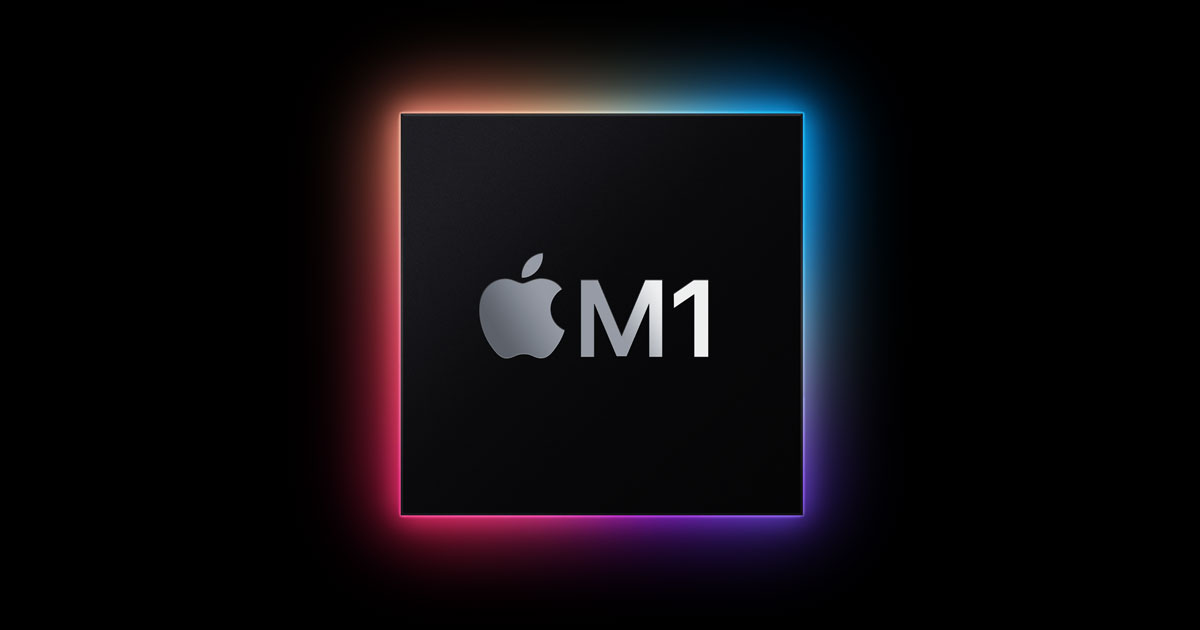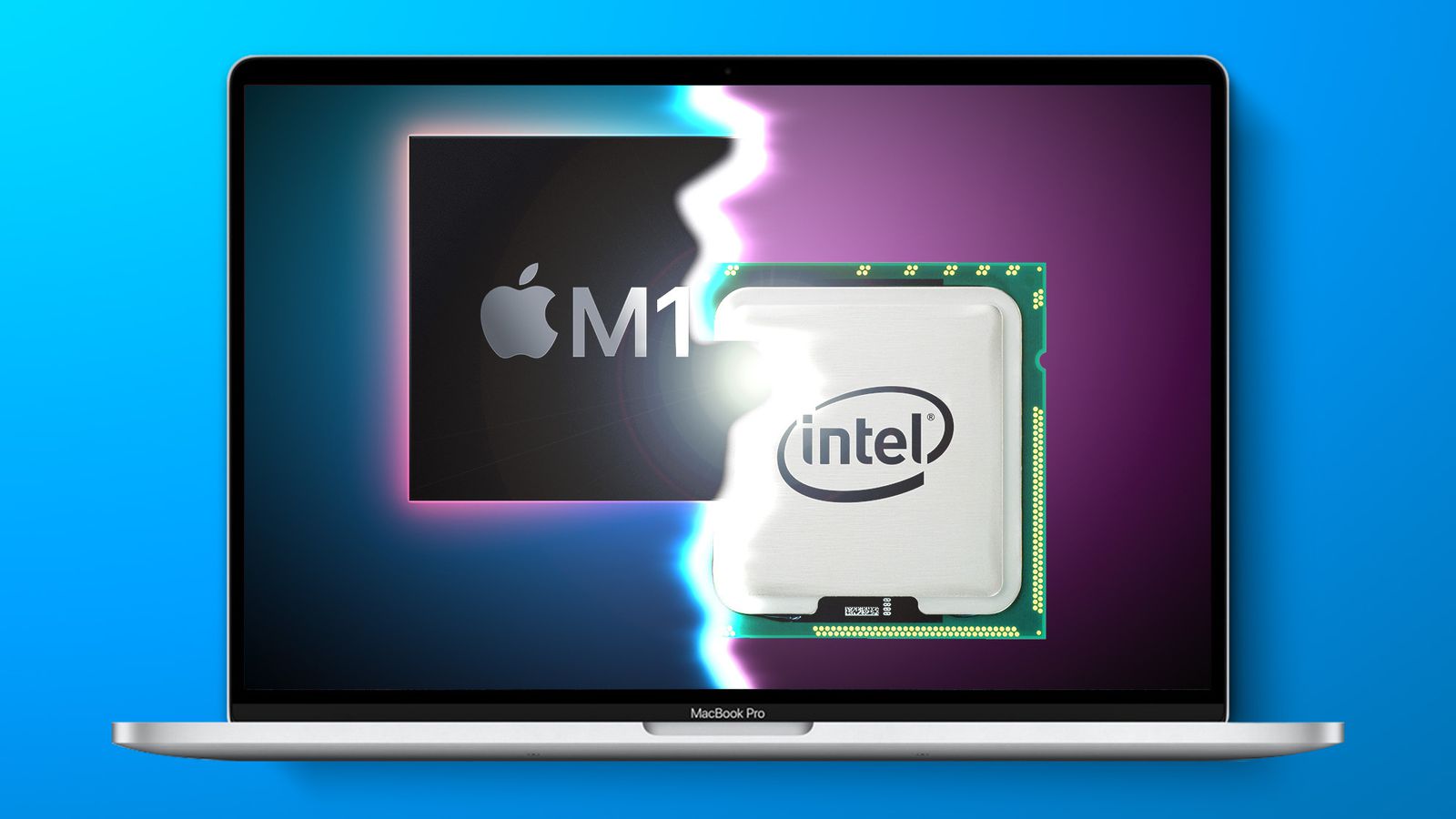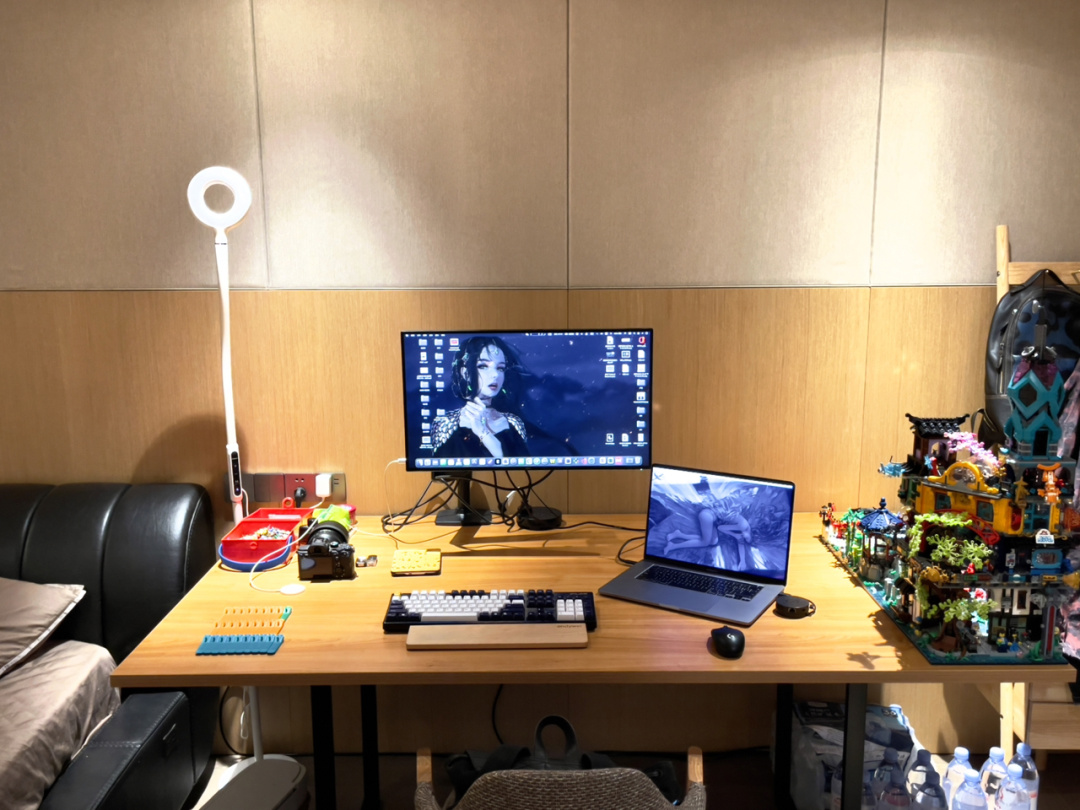Since Apple released its self-developed M1 processor based on the ARM architecture, most people have been shocked by the performance of the M1.
Before that, almost no one could think that the performance of the ARM architecture could also threaten high-end x86 processors. Just looking at the running scores is enough to make Intel and AMD embarrassed.
The Apple M1 chip is built using a 5nm process, integrates 16 billion transistors, has an 8-core central processing unit, an 8-core graphics processor, and a neural network engine with a 16-core architecture.
Its appearance has indeed shaken the dominance of x86 for decades, and ARM has finally stood up! The old-fashioned impression of low power consumption and low performance is finally expected to be broken.
While M1 is gaining popularity, manufacturers of x86 architecture have naturally been hit hard these days, especially as the leader Intel, after being surpassed by AMD, it was nearly crushed by Apple M1.
Many people are ridiculing that it is too stingy. 14nm and 5nm will know who is good at a glance.
Of course, just looking at the core number and frequency of M1 is really not enough to make it face the two predecessors. The Zdnet website also talked about the issue of M1’s lead, but they gave a different perspective.

From their point of view, the core reason why Apple is able to surpass companies such as Intel, AMD, and Qualcomm is that Apple is a much larger company than the others.
Apple has a lot of funds to invest in a very targeted chip project, even surpassing Intel.
The 5nm process is also one of the keys to the success of the M1 processor. As the most advanced process at present, it is certainly not inferior in terms of performance and power consumption. Unlike Intel, which has been exploring the capabilities of 14nm, it is indeed critical for the M1 to directly use 5nm.
In addition, due to the different business models of Intel and AMD, they mainly manufacture processors for PC OEM manufacturers. This is not a high-profit business, and it is incomparable with Apple, and it is impossible to pay a lot of R&D expenses casually.
It can only improve the product in a subtle and gradual manner. If the performance of the chip is to increase by leaps and bounds, then the R&D expenses will definitely be difficult to bear.





